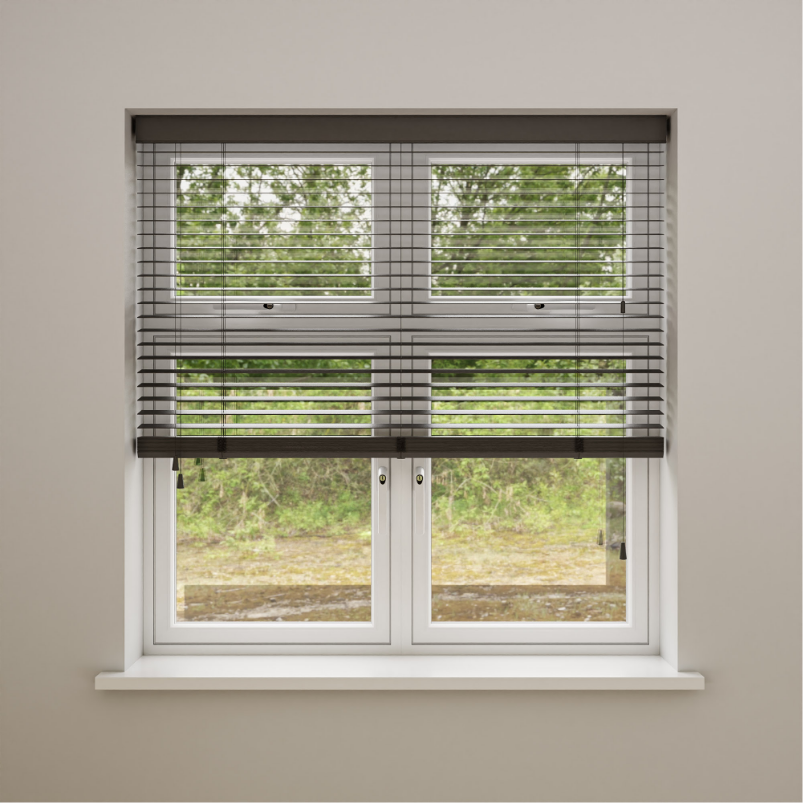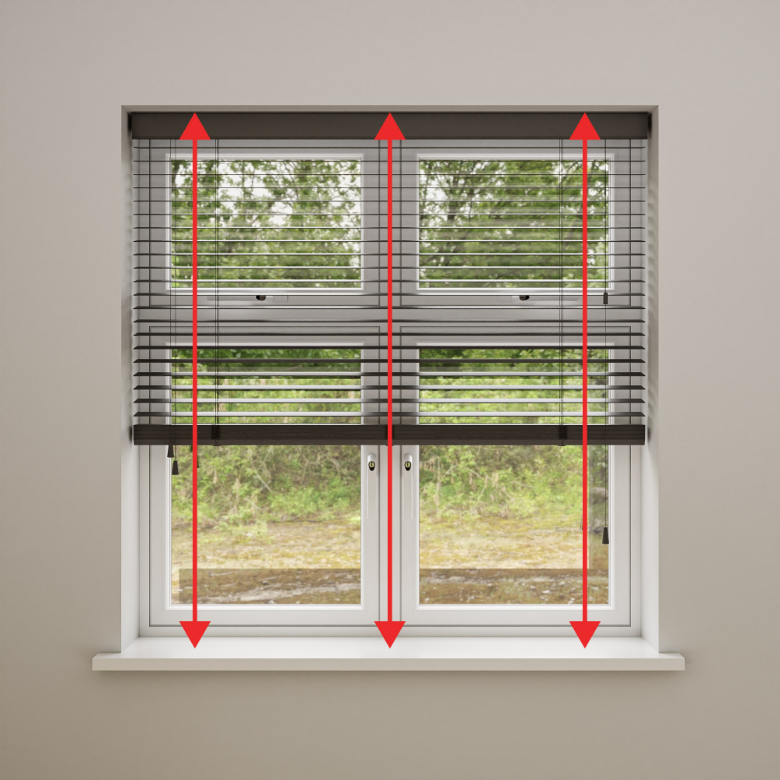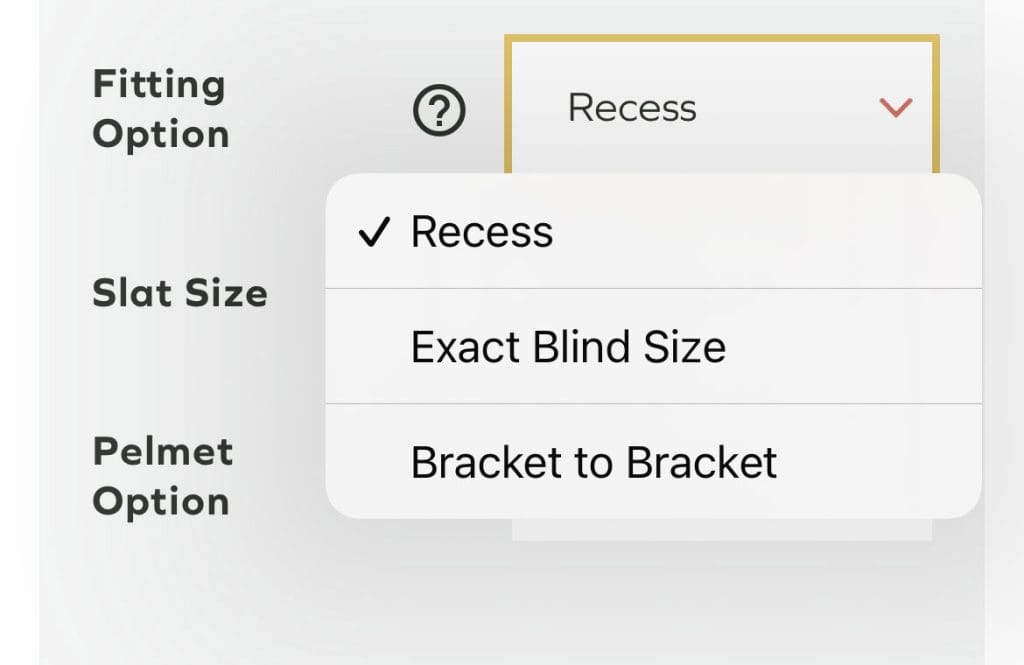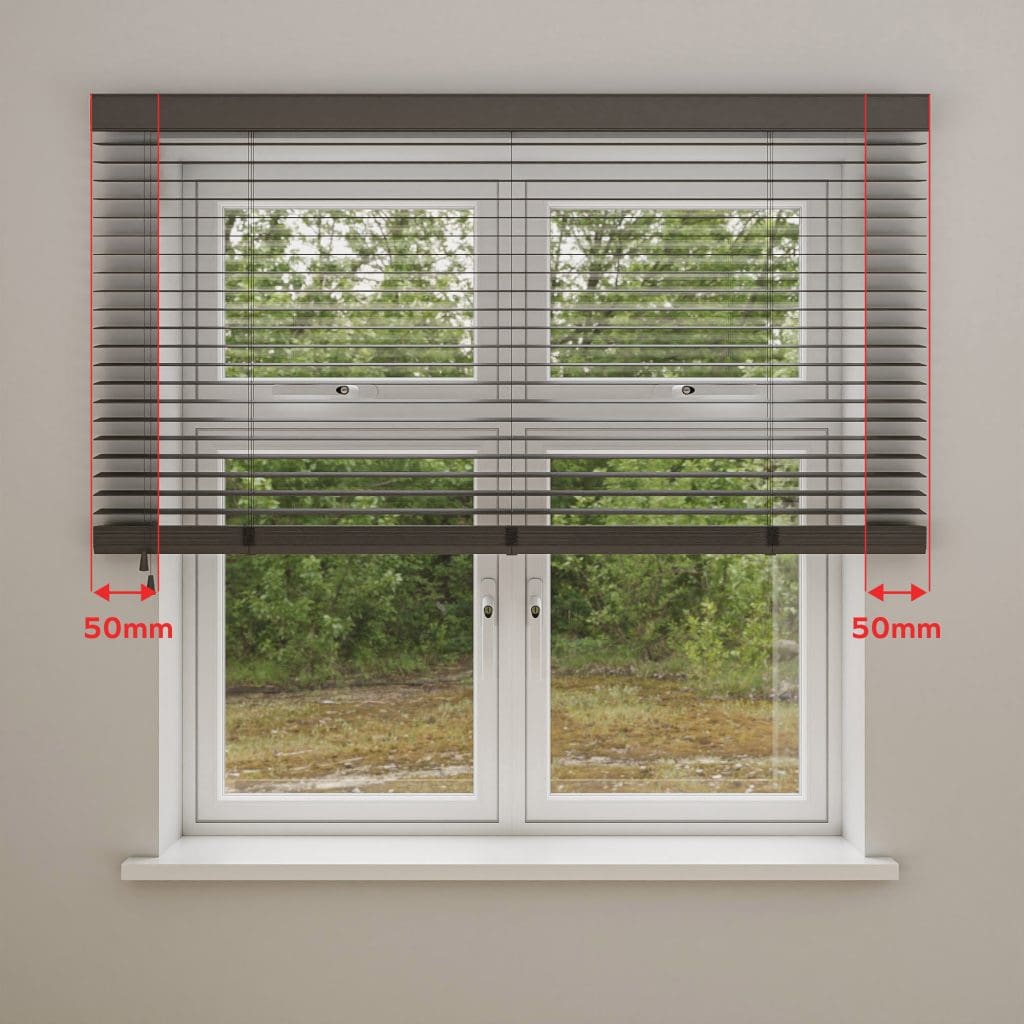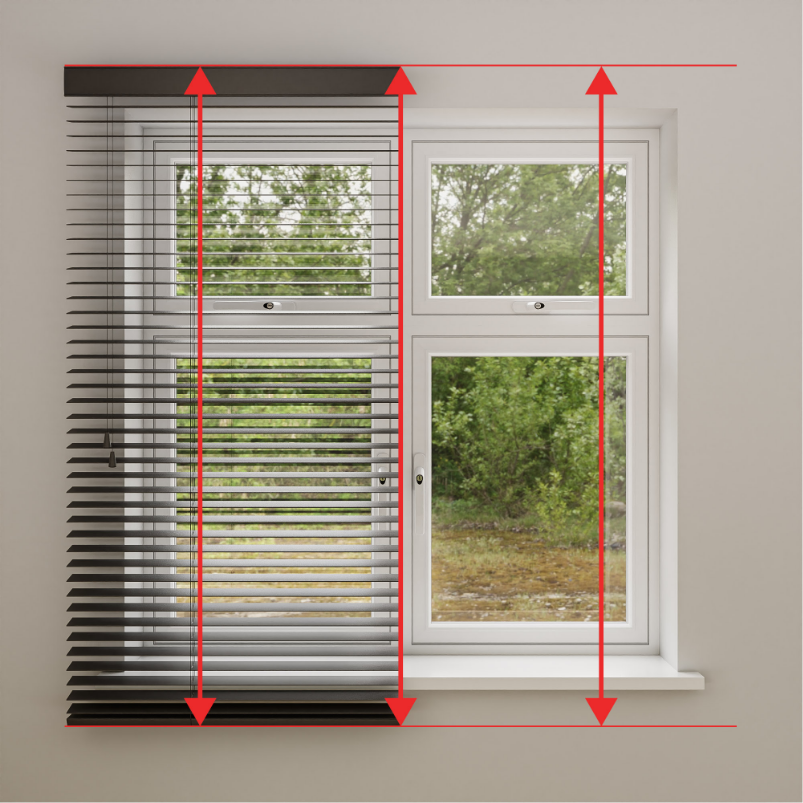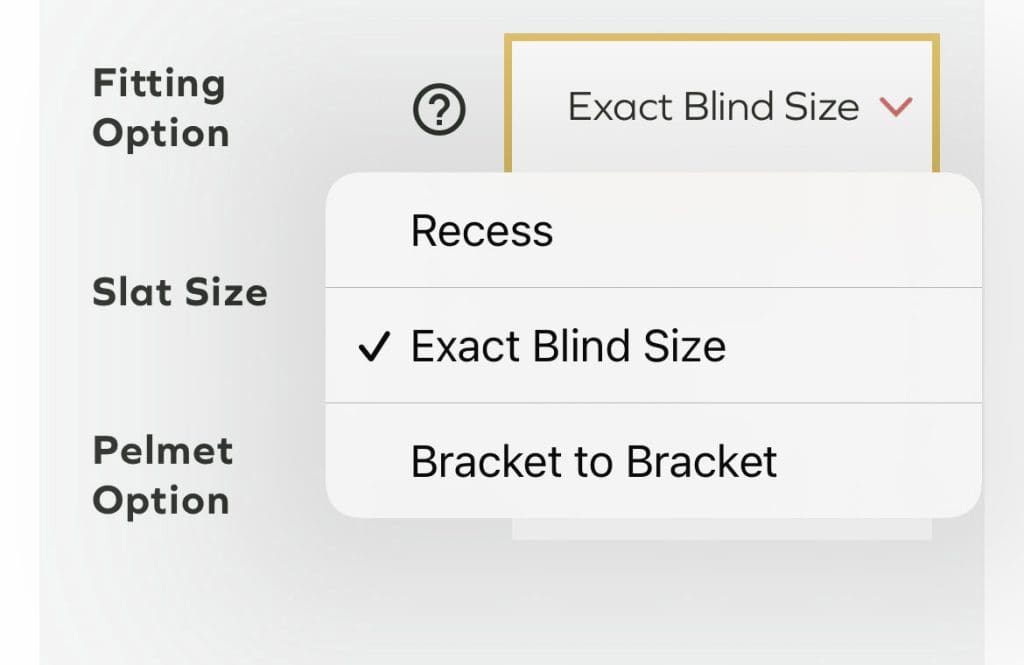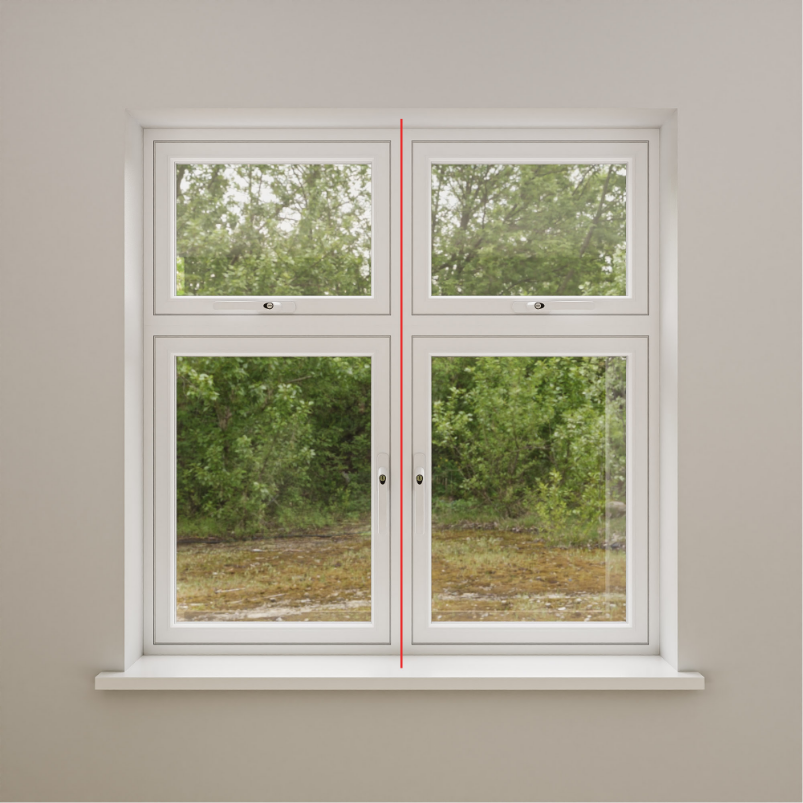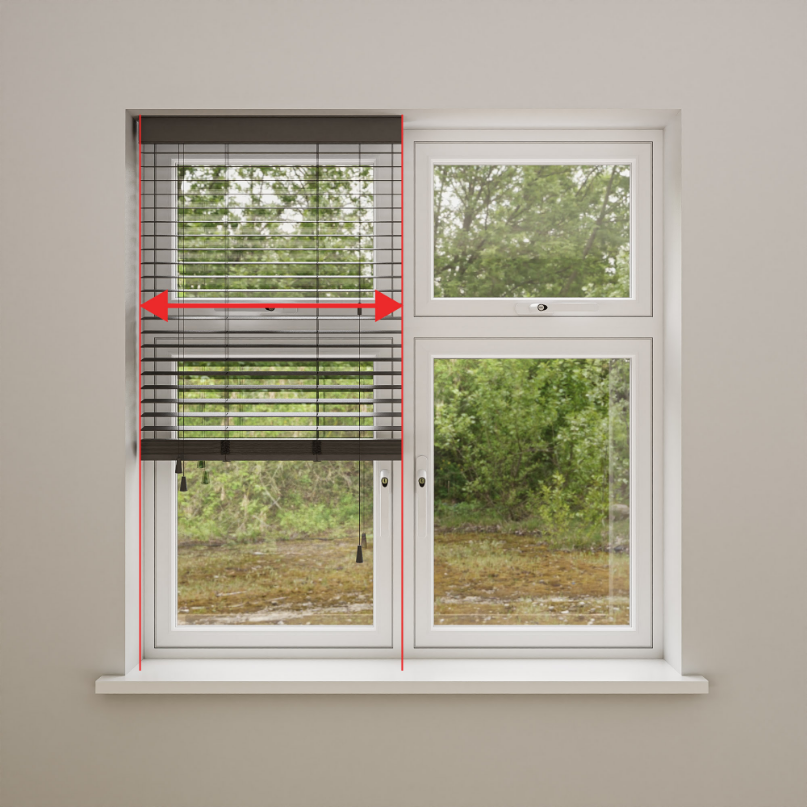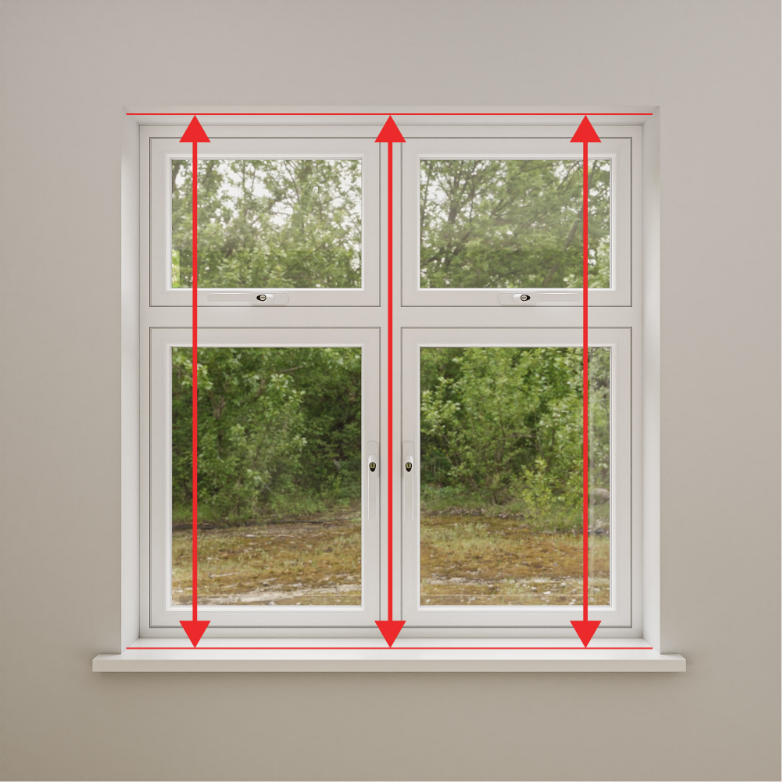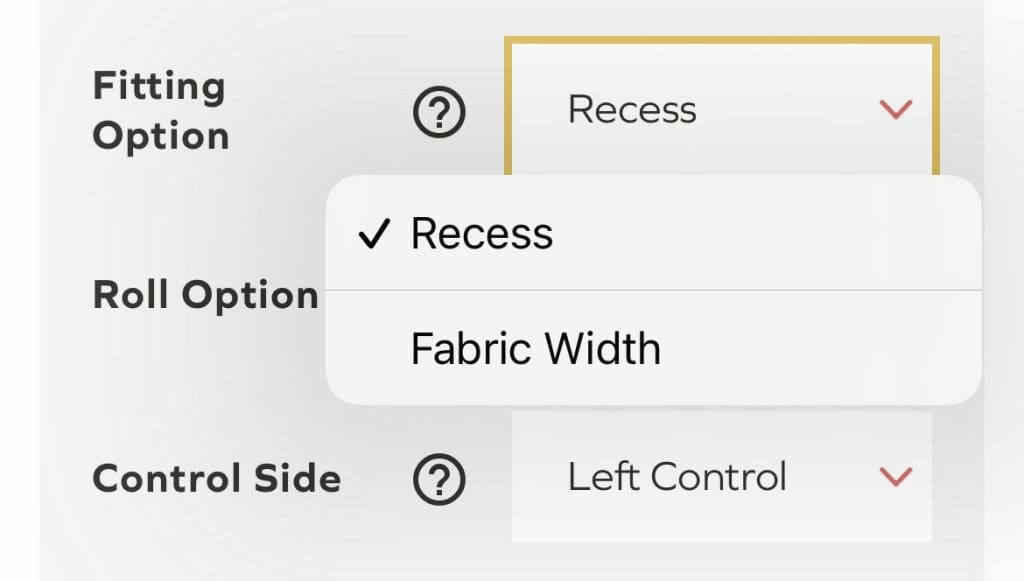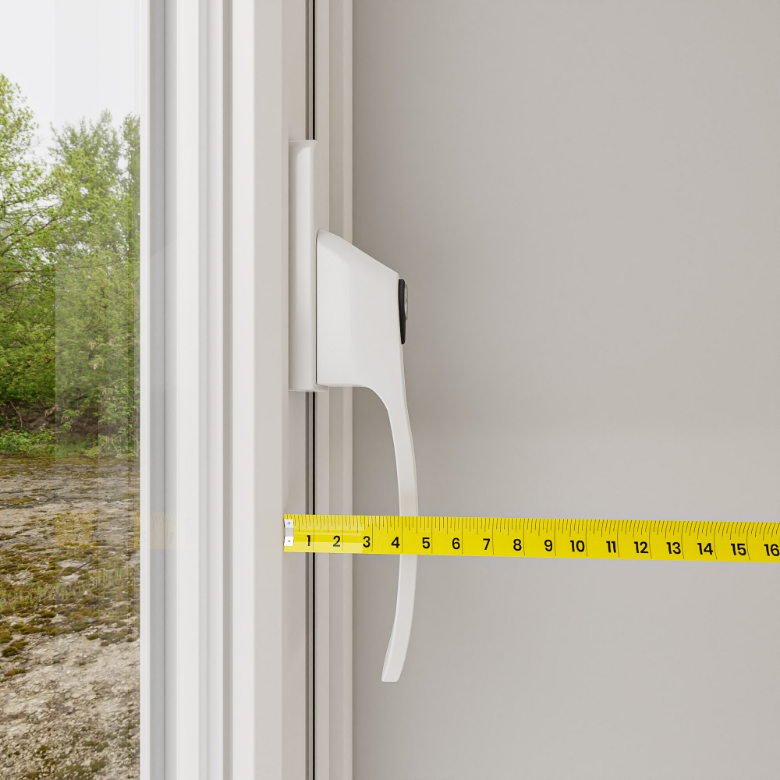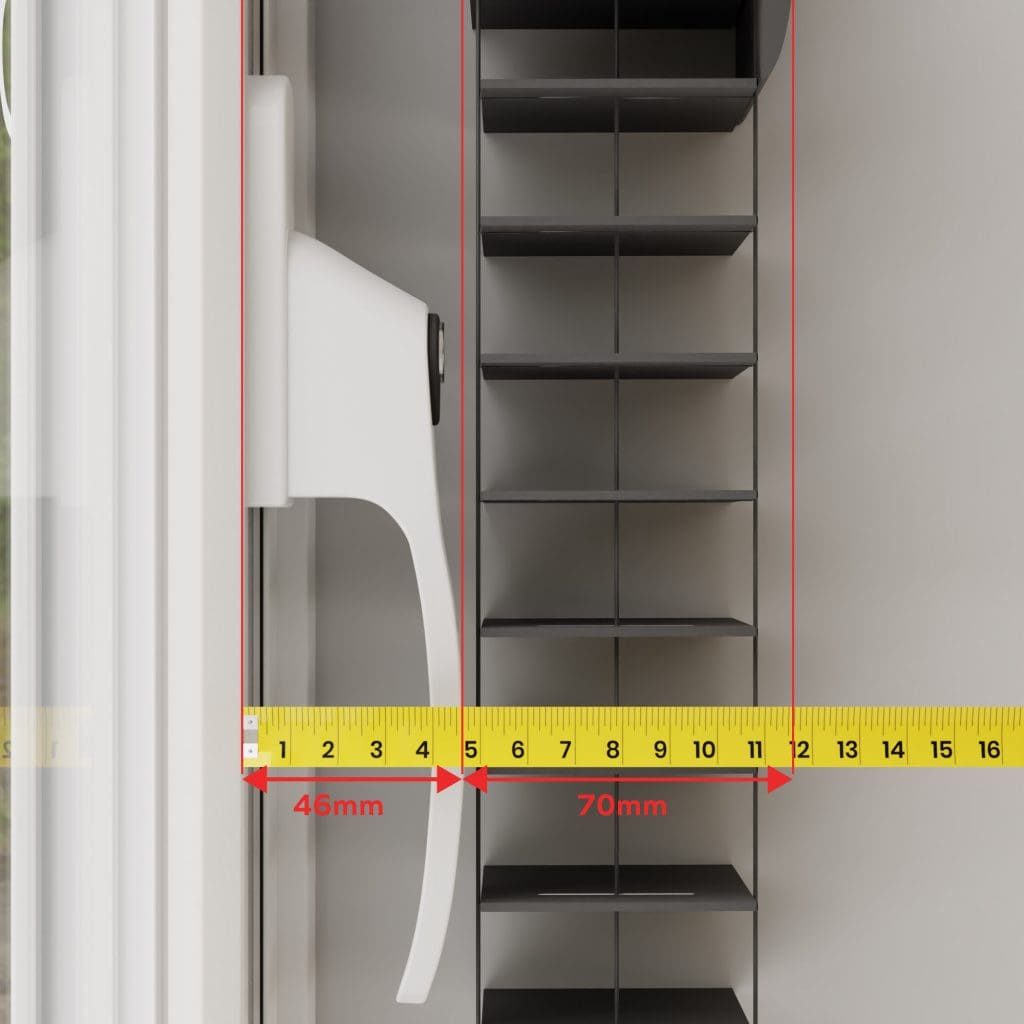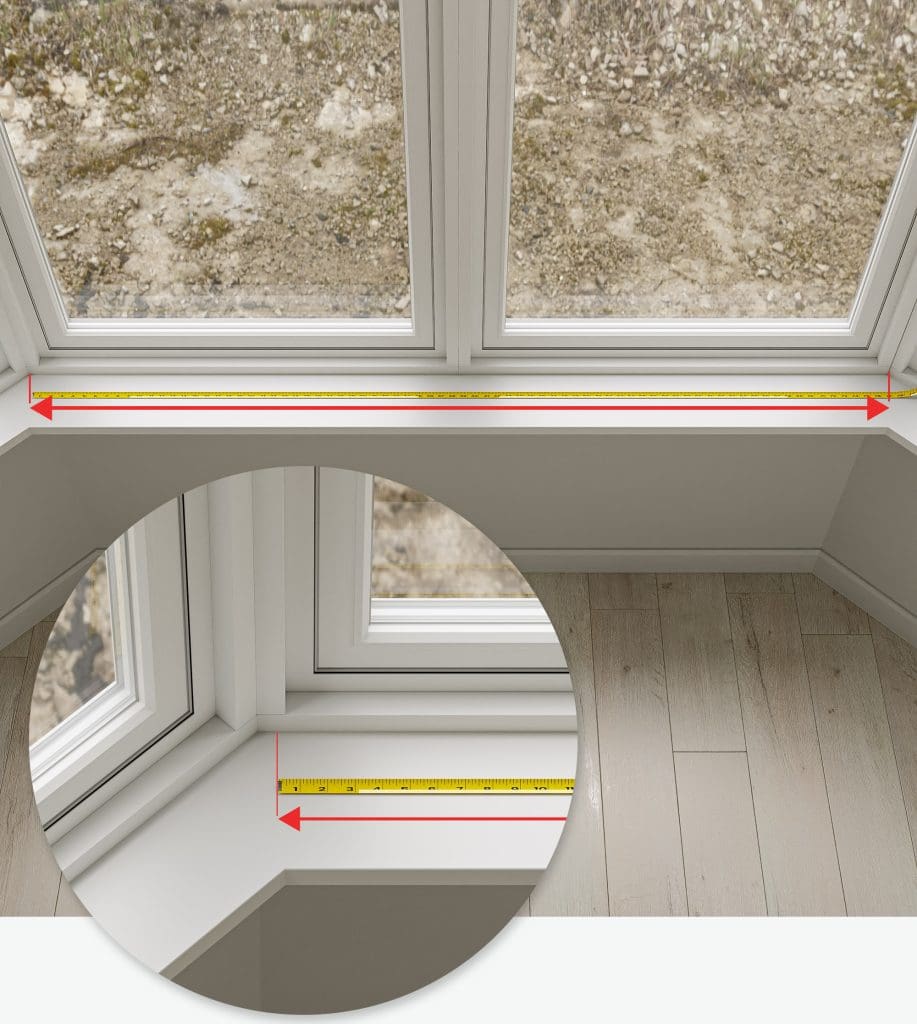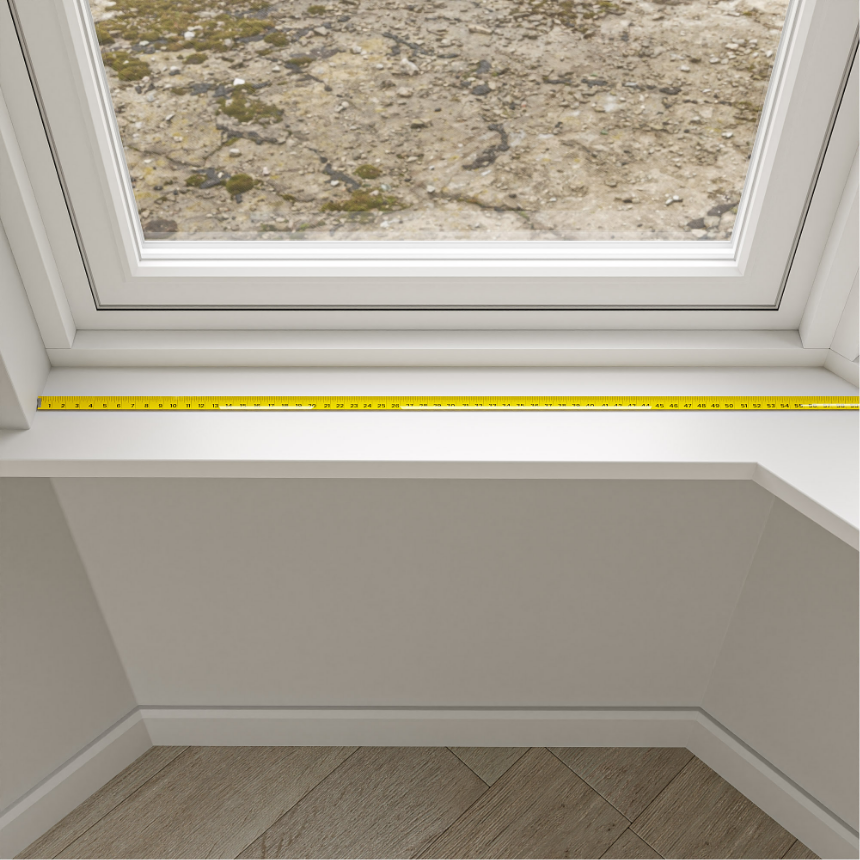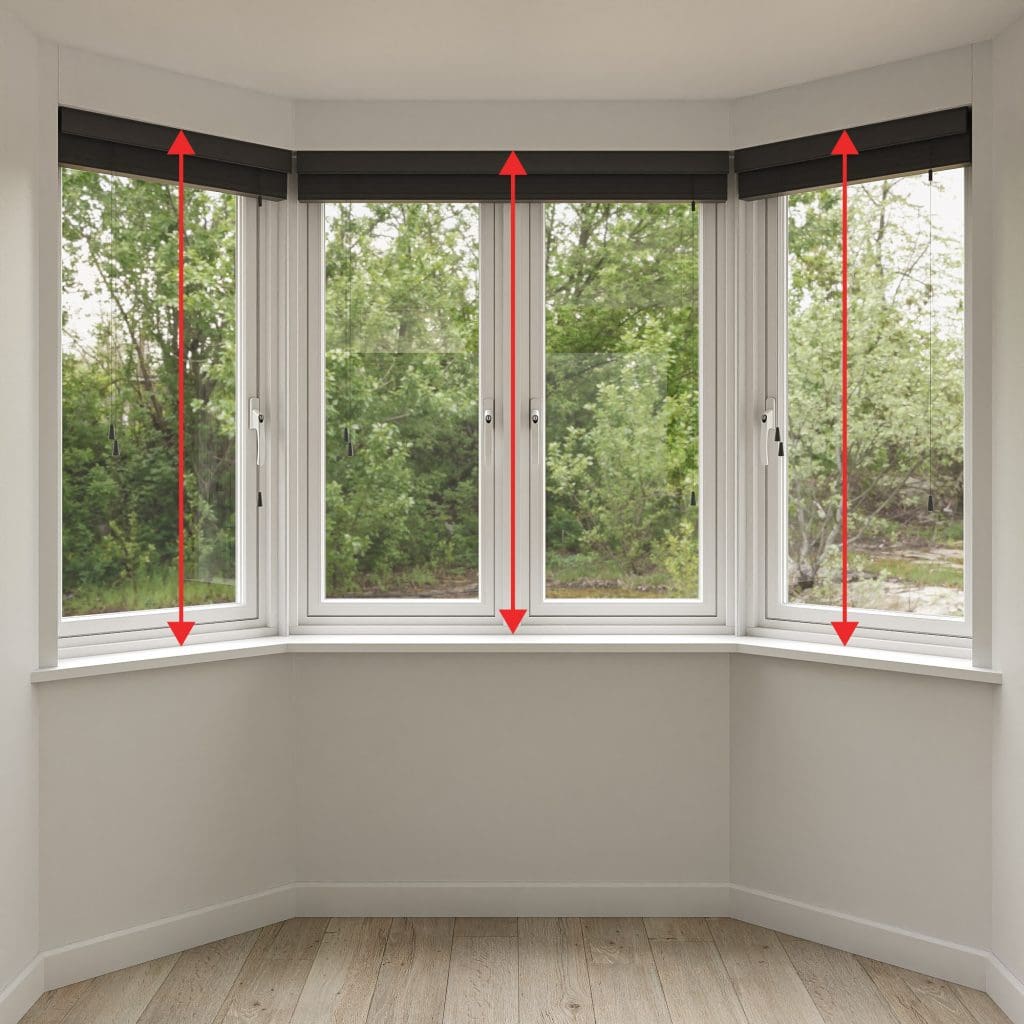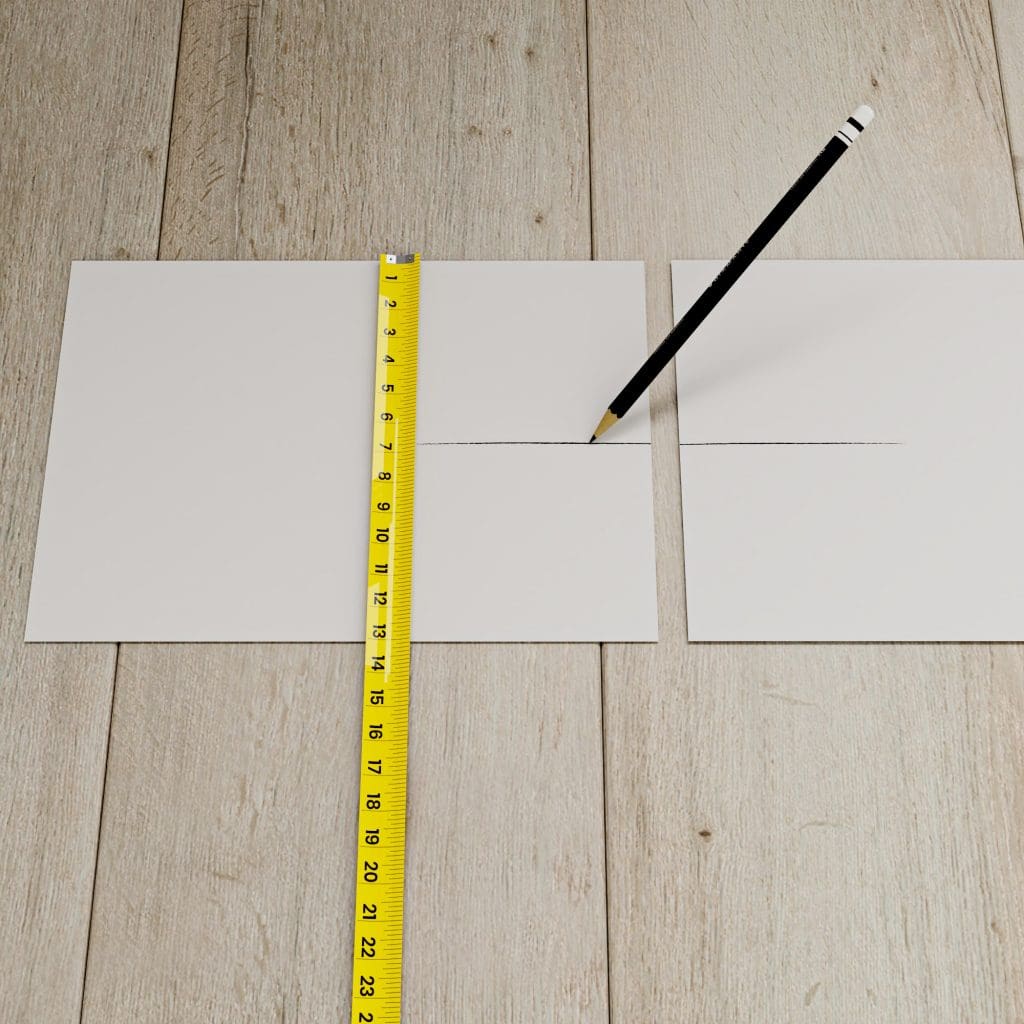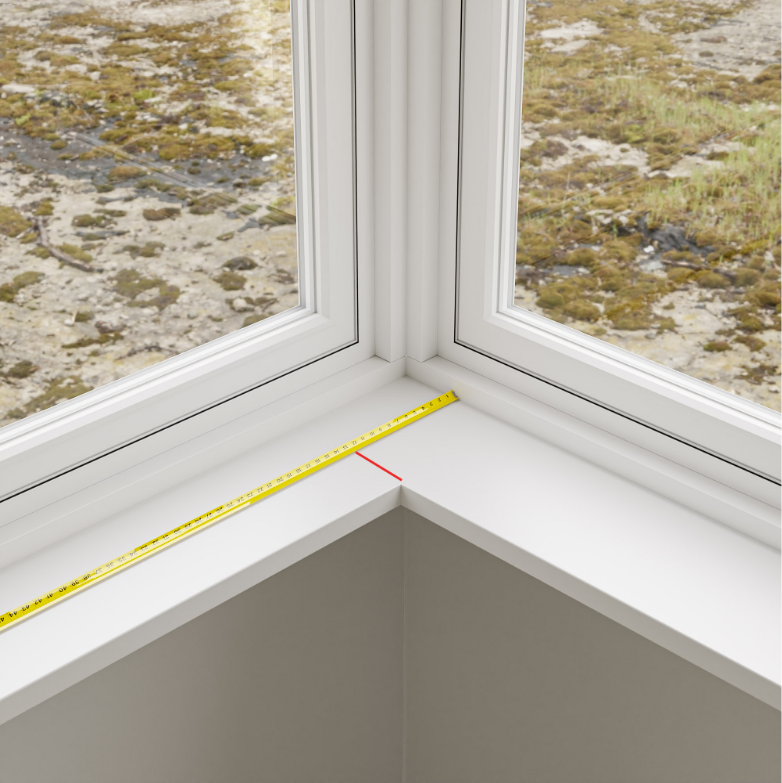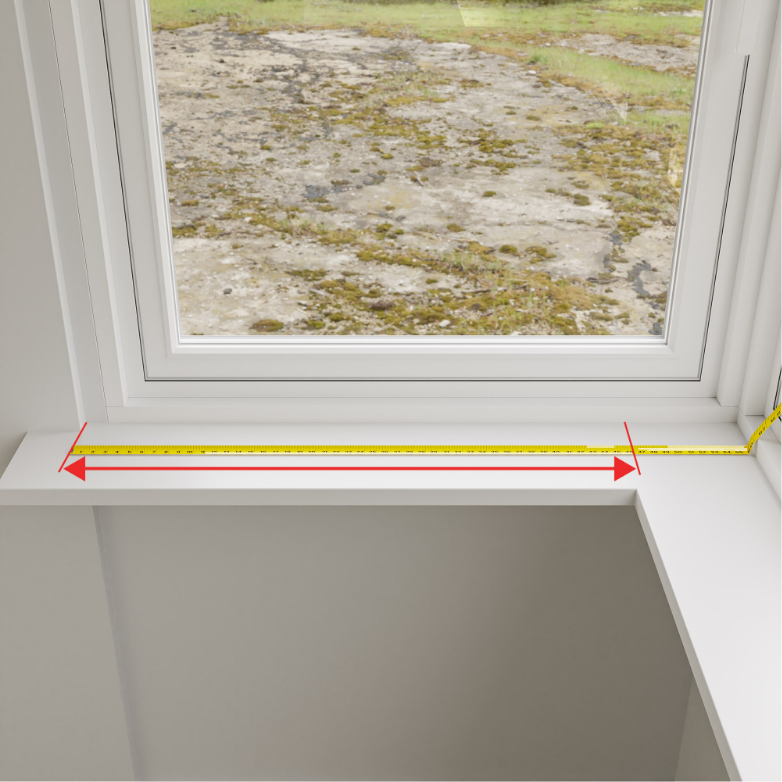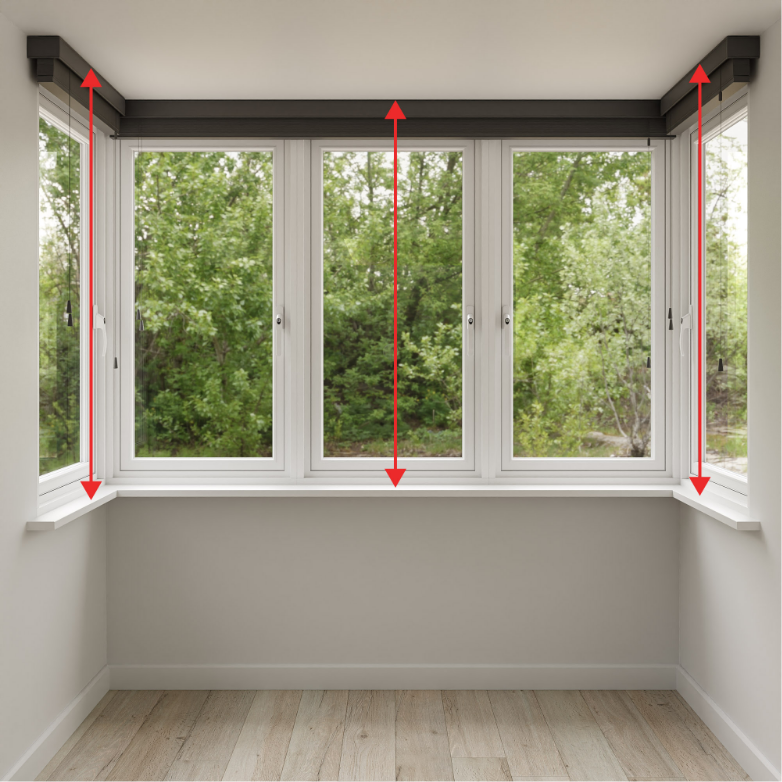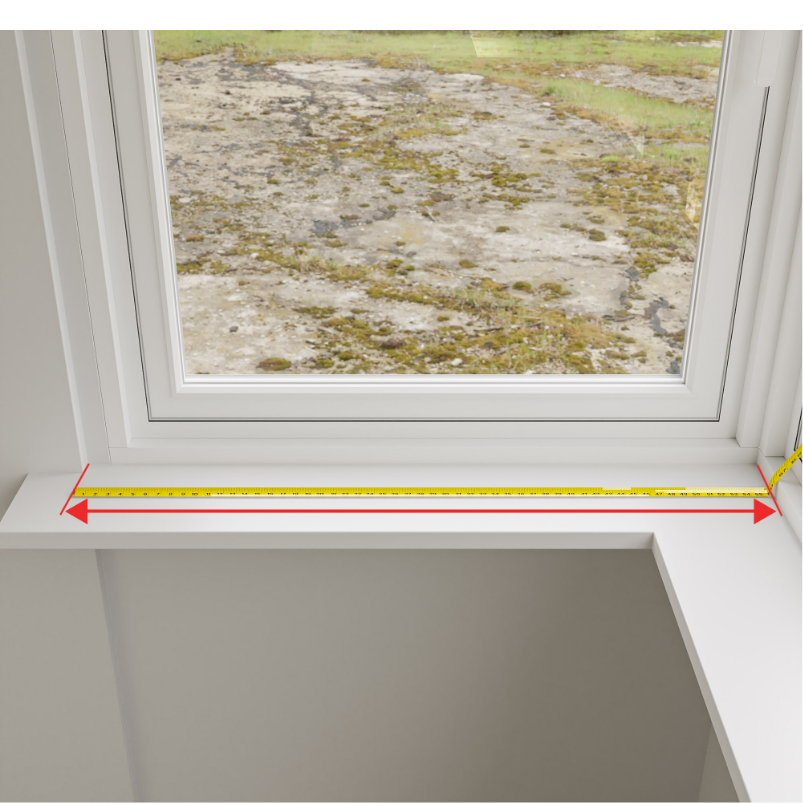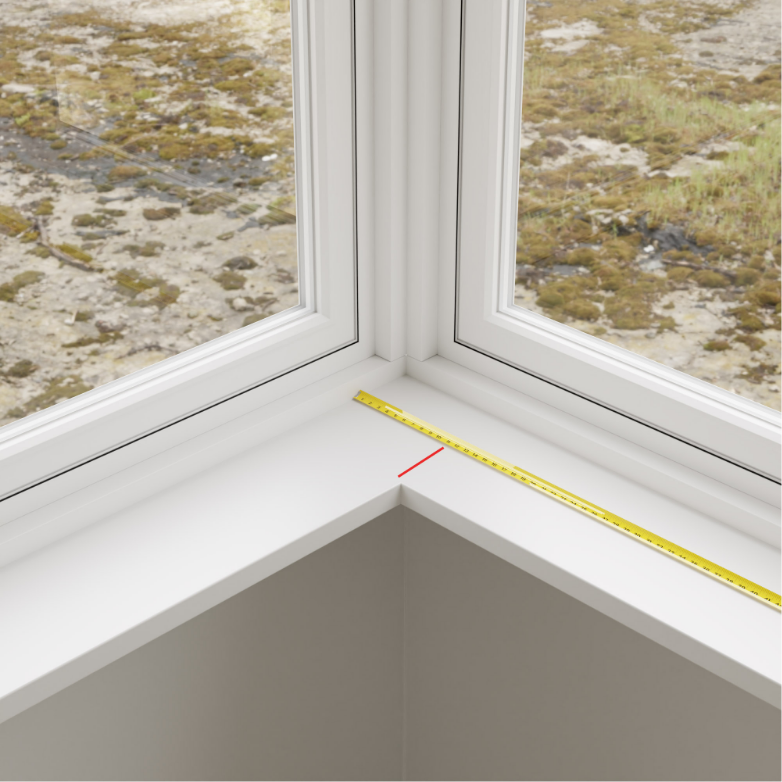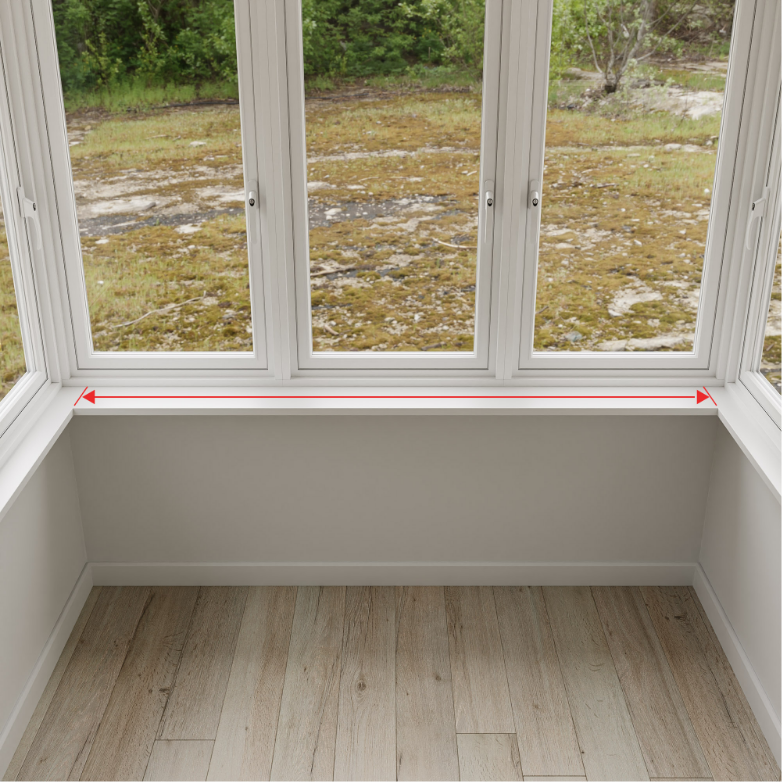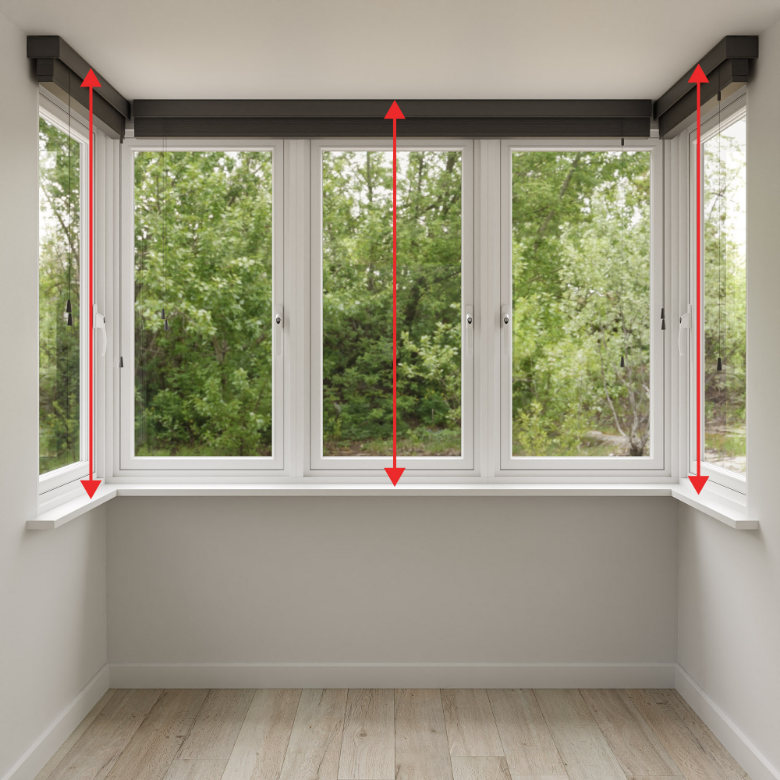To determine the width for your blind, measure the recess at three points. Use the smallest measurement when placing your order.
Important!
Depth check – Ensure proper operation of your blind by ensuring there is sufficient depth clearance. For 35mm slats, allow 55mm, and for 50mm or 63mm slats, ensure 70mm of clearance from the farthest point of any obstruction to the front of the recess.
Check for width obstructions – Account for any obstructions like tiles in your recess, which may affect its effective width. Measure between these points and use this figure as your width measurement when ordering your blind. For wider tops, consider ordering an uncut pelmet that can be tailored to fill the full width at the top of your window recess.
 About Us
About Us Free Samples
Free Samples Klarna FAQ
Klarna FAQ My Account
My Account Measuresafe
Measuresafe





